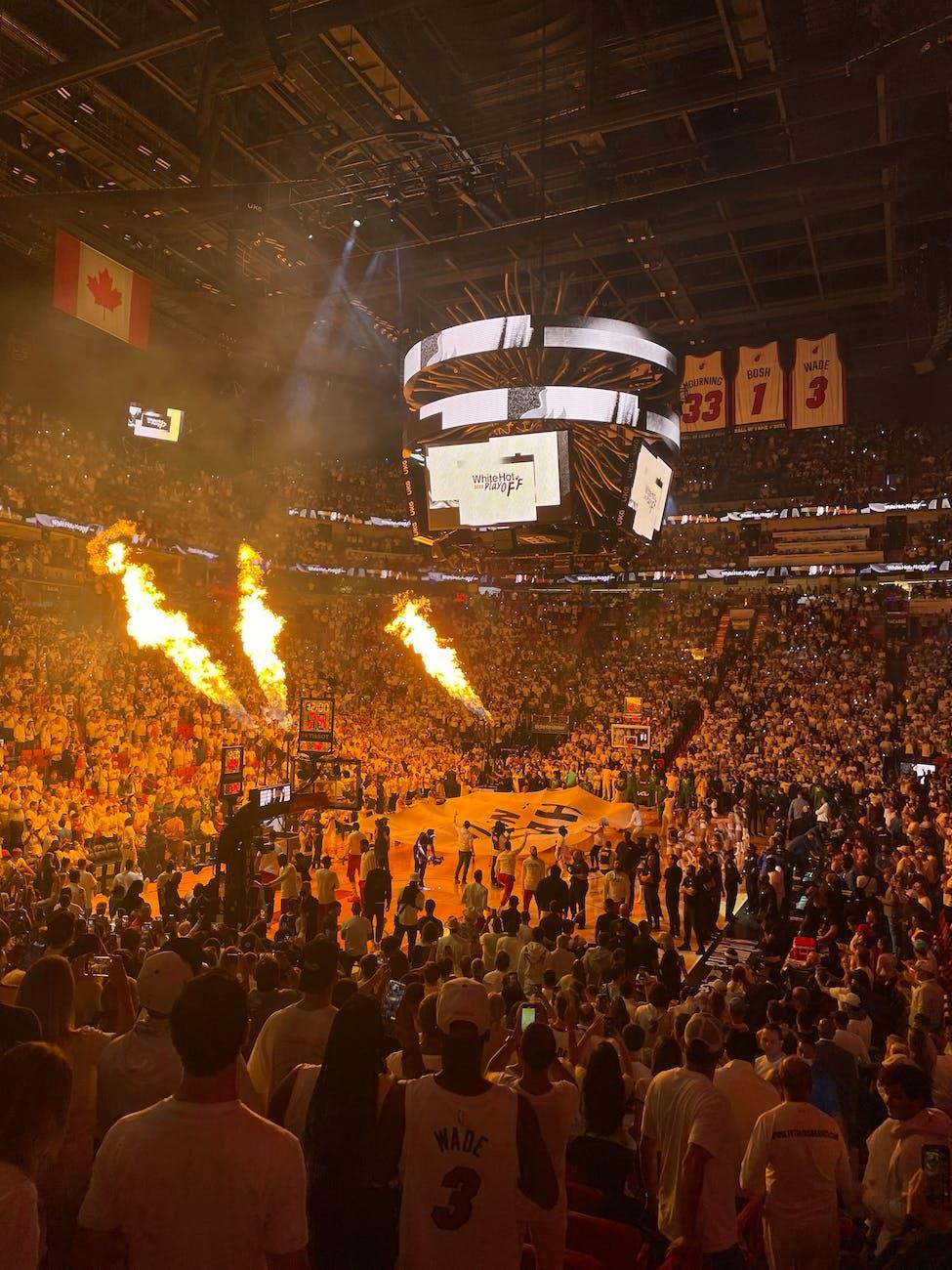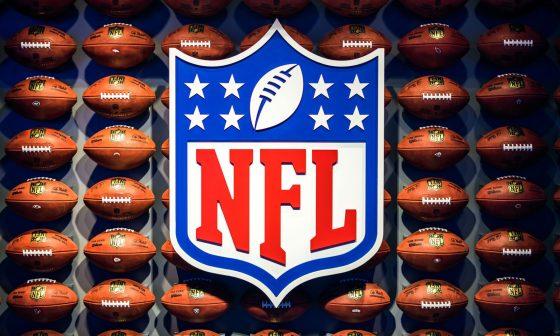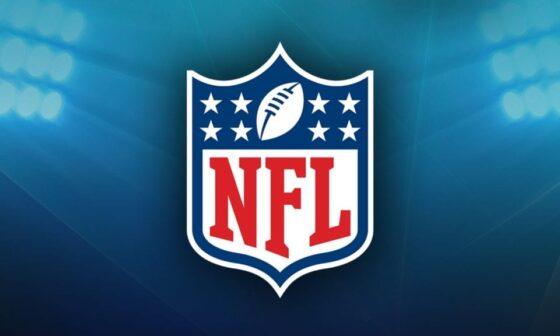In the contemporary landscape of professional basketball, a discernible transformation has occurred in the approach to NBA player trades and contracts, wherein data science has emerged as a pivotal influencer in strategic decision-making. This article seeks to scrutinize the nuanced interplay between data science methodologies and NBA transactions, elucidating the methods, algorithmic applications, and advanced statistical models that underscore these discerning choices.
Advanced Player Performance Metrics
At the nucleus of data science’s impact on NBA trades and contracts lies the comprehensive utilization of advanced player performance metrics. Extending beyond conventional statistics, organizations are harnessing sophisticated algorithms to dissect Player Efficiency Rating (PER), Win Shares, and Box Plus-Minus. These metrics afford a multifaceted evaluation of a player’s on-court influence, engendering decisions grounded in quantitative rigor rather than subjective appraisals.
Data science methodologies empower teams to unearth undervalued players, prognosticate breakout performances, and scrutinize the genuine value of potential trade targets. Machine learning algorithms are instrumental in sifting through extensive datasets, revealing patterns and correlations that furnish teams with a competitive advantage in talent identification and informed decision-making.
So, in navigating the intricacies of advanced player performance metrics, the imperative for organizations to stay at the forefront of data-driven decision-making becomes evident, underscoring the need to strategically hire data scientists developers who can adeptly leverage sophisticated algorithms, ensuring NBA teams maintain a competitive edge in talent identification and informed decision-making for successful trades and contracts.
Injury and Health Predictive Analytics
Injuries constitute an omnipresent concern in the realm of professional sports, and data science is playing an instrumental role in preemptively mitigating these risks. Teams are implementing predictive analytics models that meticulously analyze expansive health and medical datasets to assess a player’s proclivity for injury and potential recovery trajectory. Machine learning algorithms discern patterns and contributory factors, facilitating teams in making judicious decisions concerning player contracts and trades.
These predictive models not only serve in risk assessment but also contribute to the formulation of bespoke training and recovery programs, optimizing player performance and minimizing the likelihood of injuries. This data-driven approach marks a transformative departure from conventional methods of injury prevention and management in the NBA.
Financial Efficiency and Salary Cap Optimization
Data science is reshaping the financial dimensions of NBA team management, particularly within the constraints of the salary cap. Teams employ predictive modeling to evaluate the financial efficiency of players, weighing their on-court contributions against salary considerations. Advanced algorithms scrutinize historical salary data, player performance metrics, and market trends to optimize roster composition while adhering to budgetary constraints.
Predictive analytics further contribute to the strategic forecasting of long-term financial implications associated with player contracts. This data-driven foresight enables teams to proactively plan for future financial scenarios, precluding unfavorable fiscal predicaments and sustaining competitiveness over extended durations.
Player Fit and Team Chemistry Modeling
Quantifying the intangible facets of player fit and team chemistry constitutes a formidable challenge that data science endeavors to address comprehensively. Advanced analytics and machine learning algorithms scrutinize player movements, playing styles, and off-court interactions to gauge potential chemistry. By identifying discernible patterns in successful team dynamics, data science facilitates decisions that transcend the prism of raw talent.
These models provide empirical insights into how players synergize on the court, enabling teams to make data-driven decisions pertaining to trades and contracts that optimize team chemistry and overall performance.
Draft Analytics and Predictive Modeling
Data science has redefined the scouting and drafting paradigm in the NBA. Predictive modeling and machine learning algorithms scrutinize voluminous datasets encompassing college performance, player potential, and historical draft data to inform teams’ draft strategies. These analytical tools empower teams to make judicious decisions regarding player selections, draft pick trades, and draft-day transactions grounded in projected future performance.
Conclusion
The assimilation of data science into NBA trades and contracts is ushering in a paradigm shift within the professional basketball domain. From advanced player performance metrics to injury and health predictive analytics, financial efficiency, team chemistry modeling, and draft analytics, data science serves as the linchpin in orchestrating strategic decisions behind the scenes. As technological advancements persist, the integration of data science within the NBA is anticipated to evolve further, endowing teams with unparalleled insights to navigate the competitive landscape with discernment and precision.






